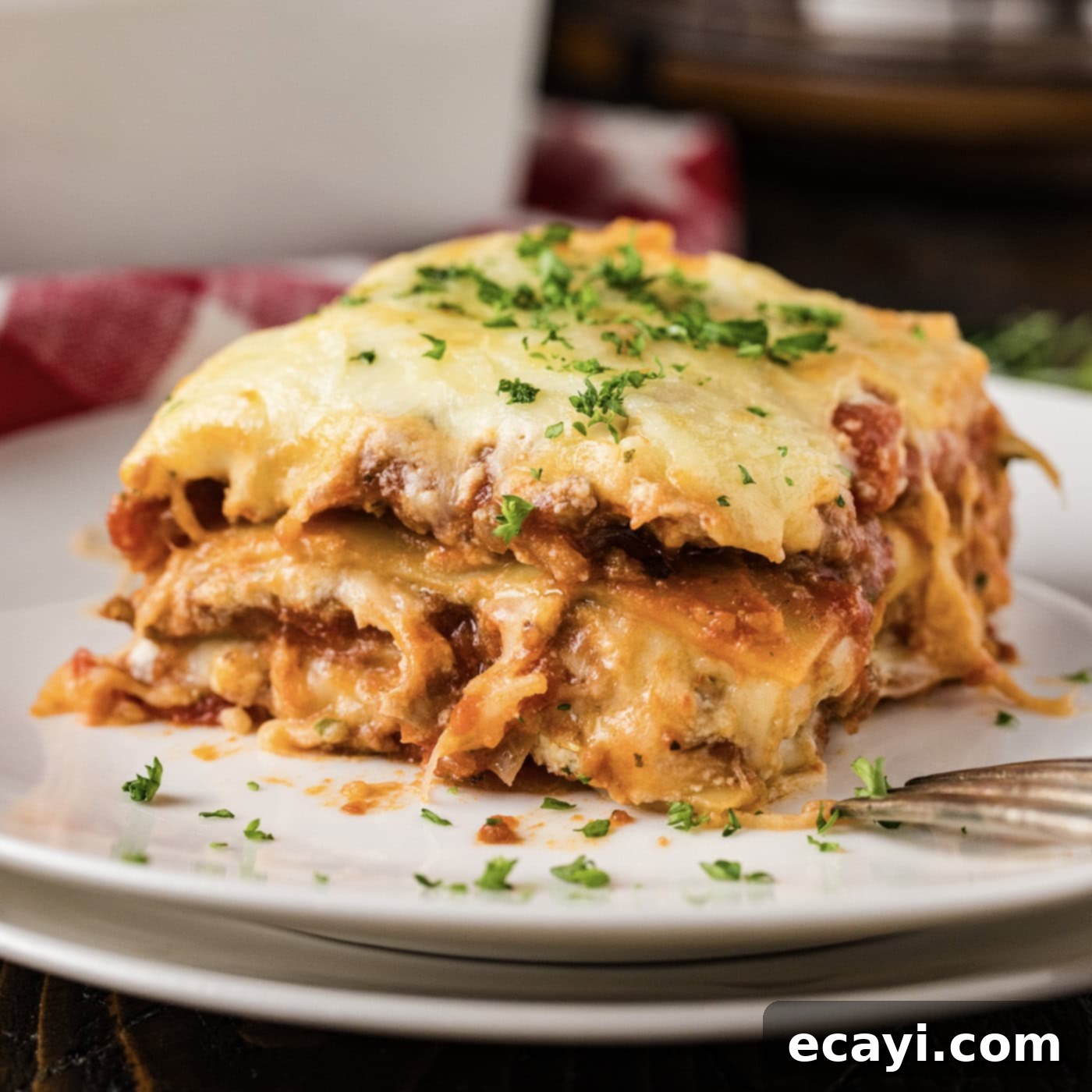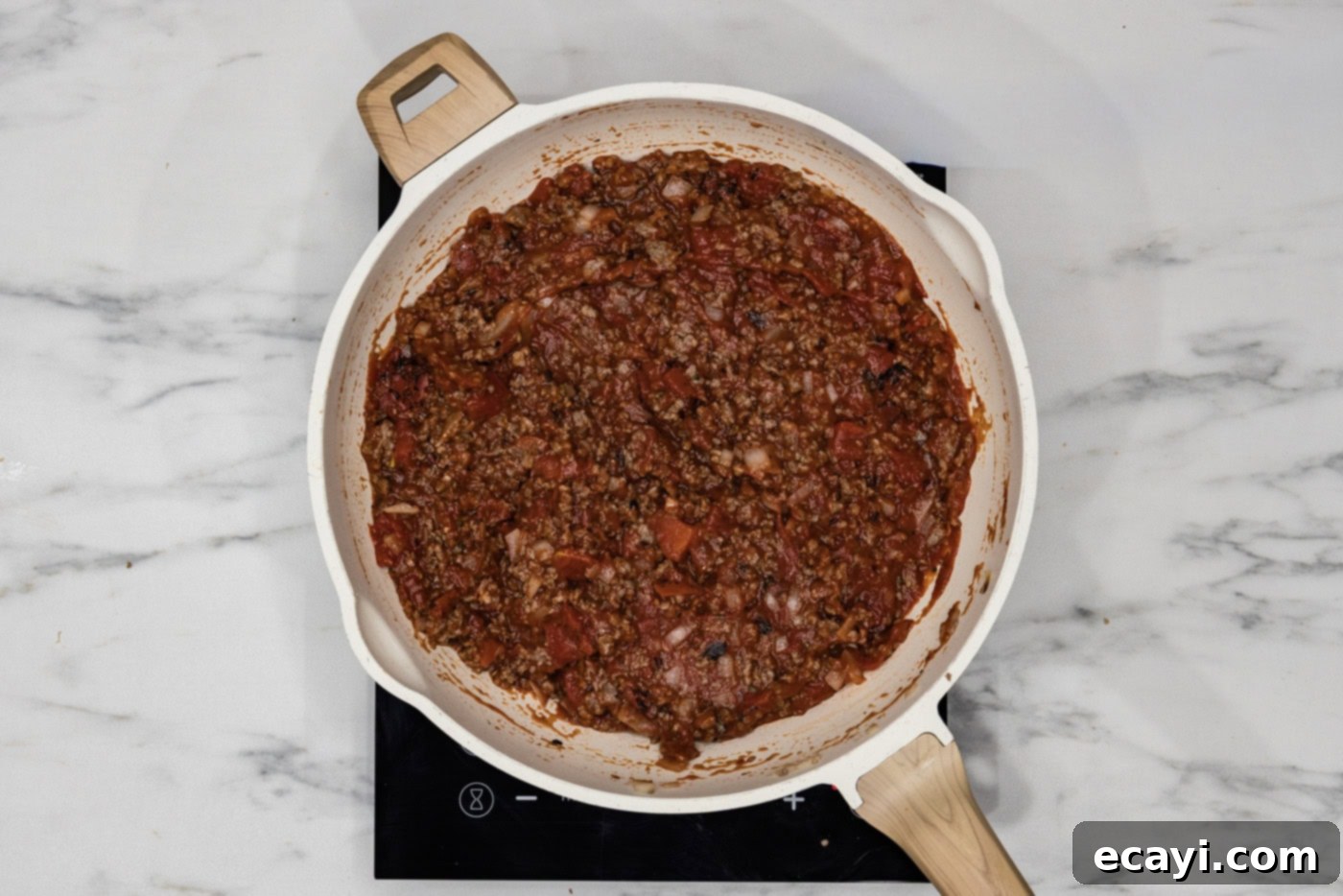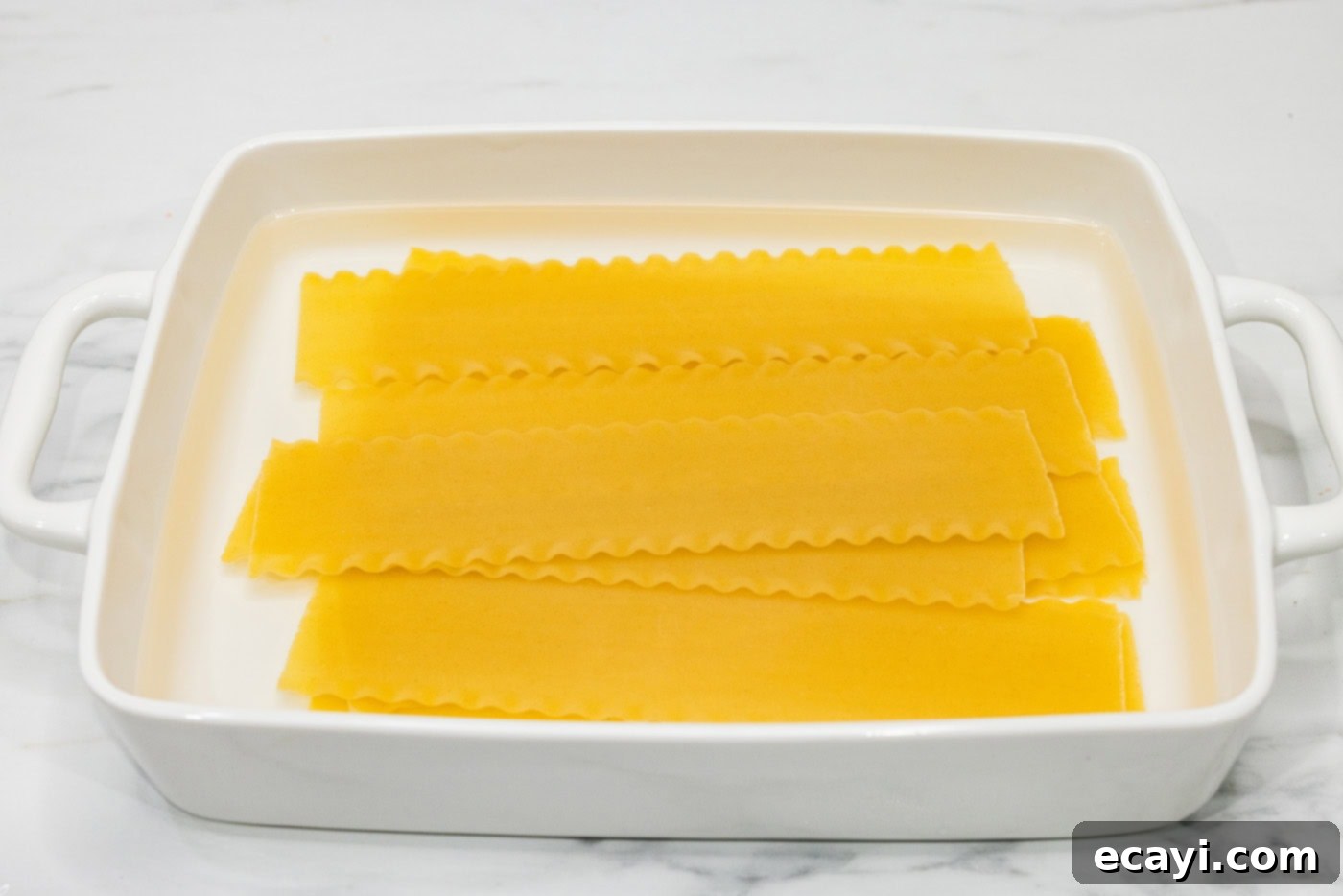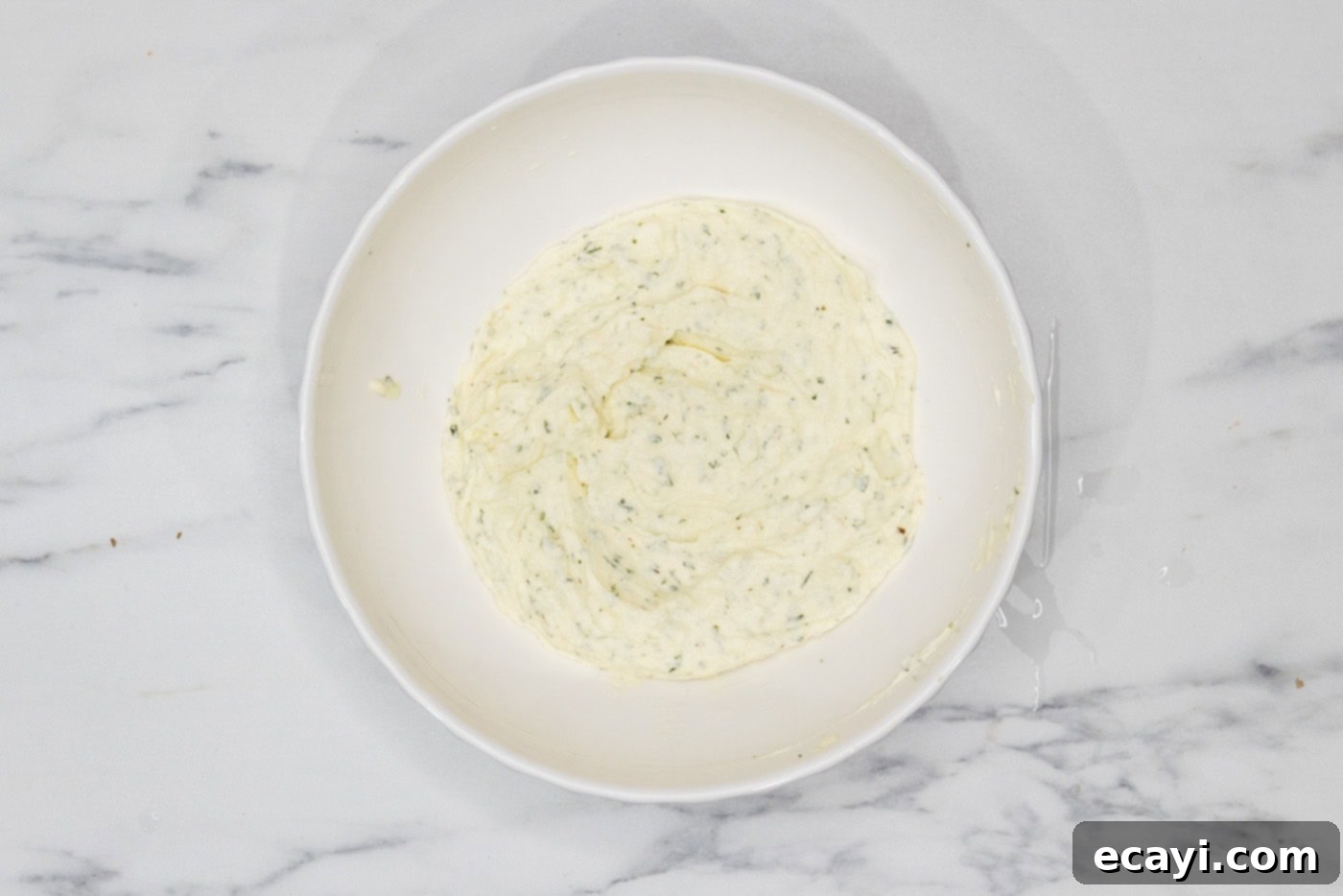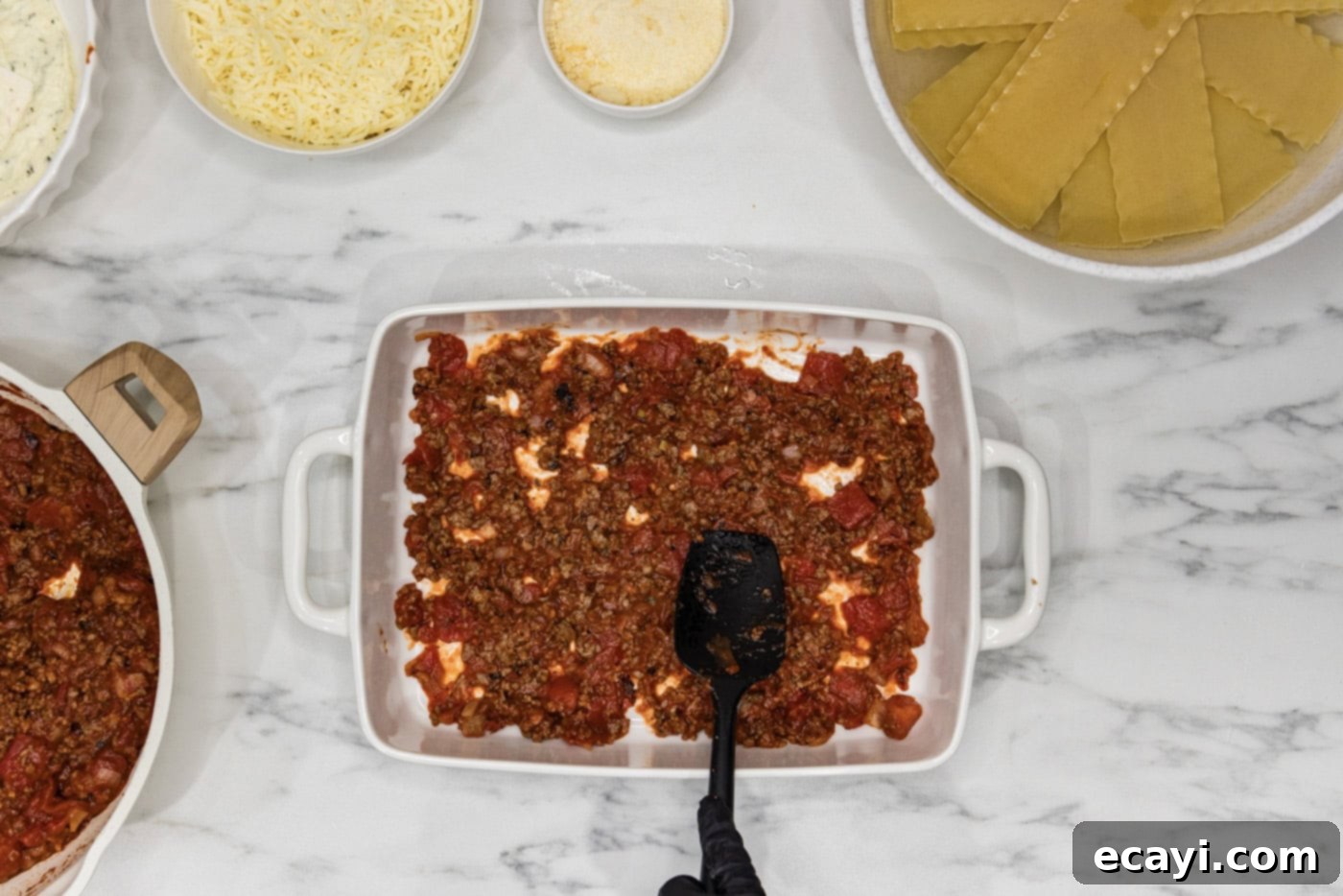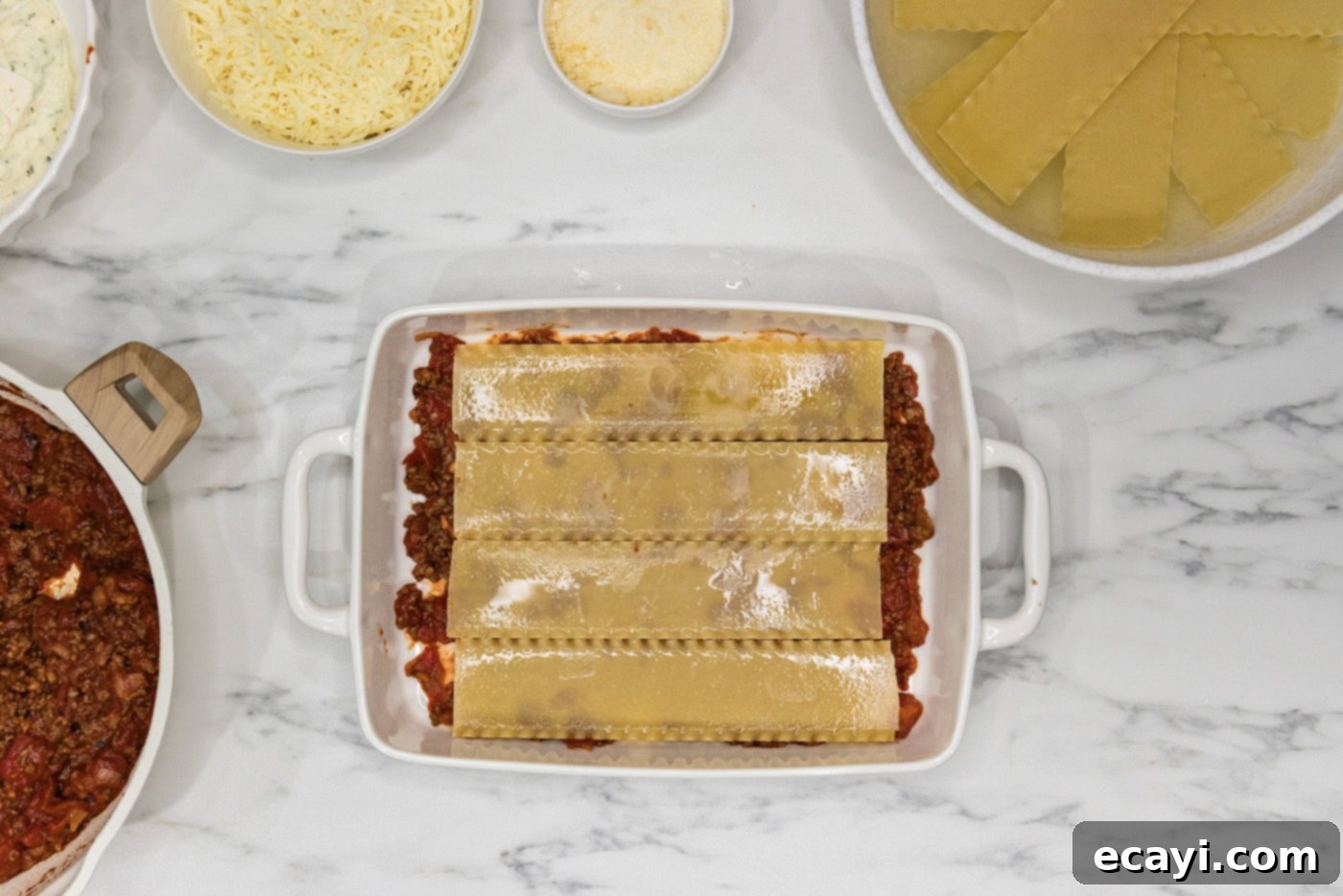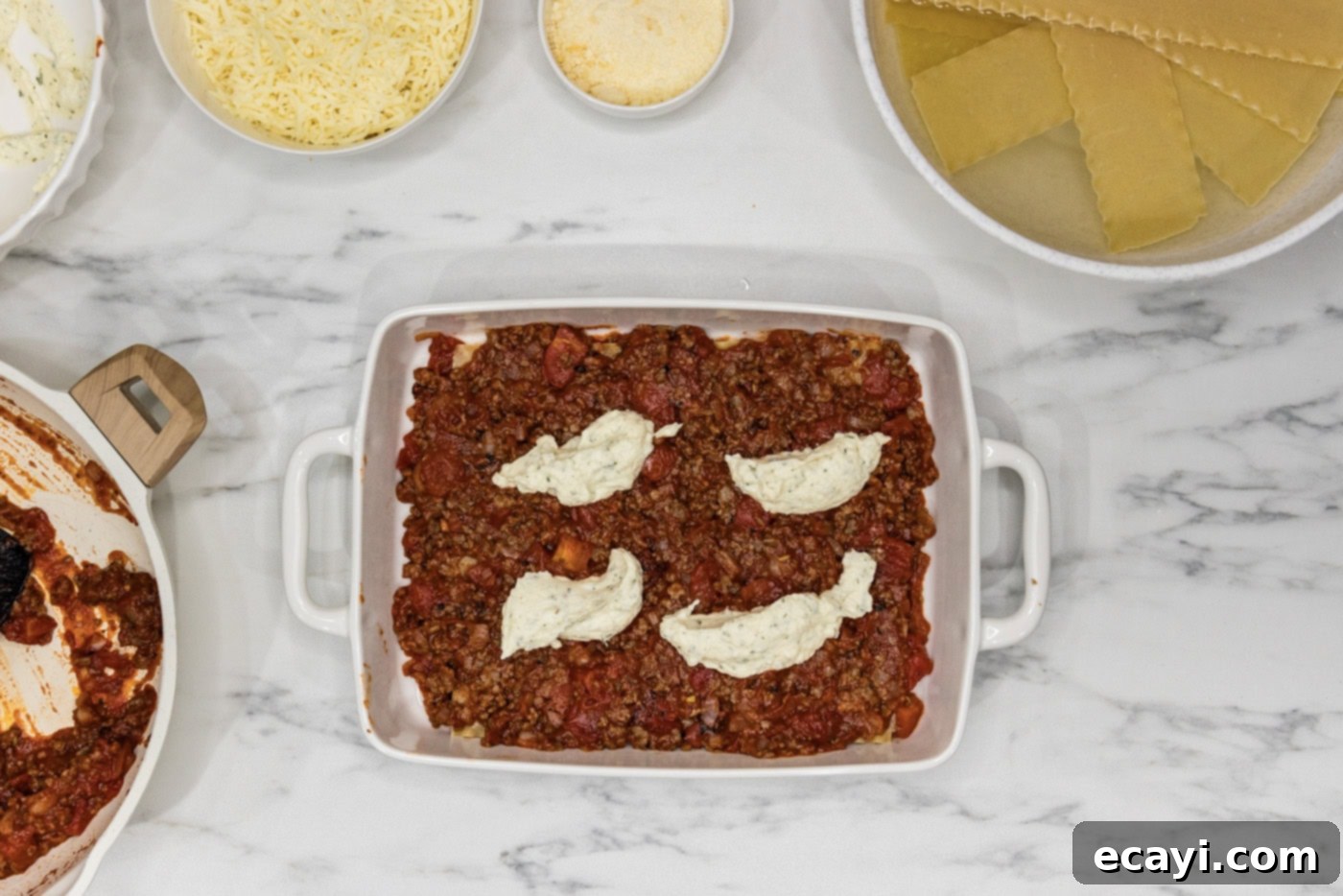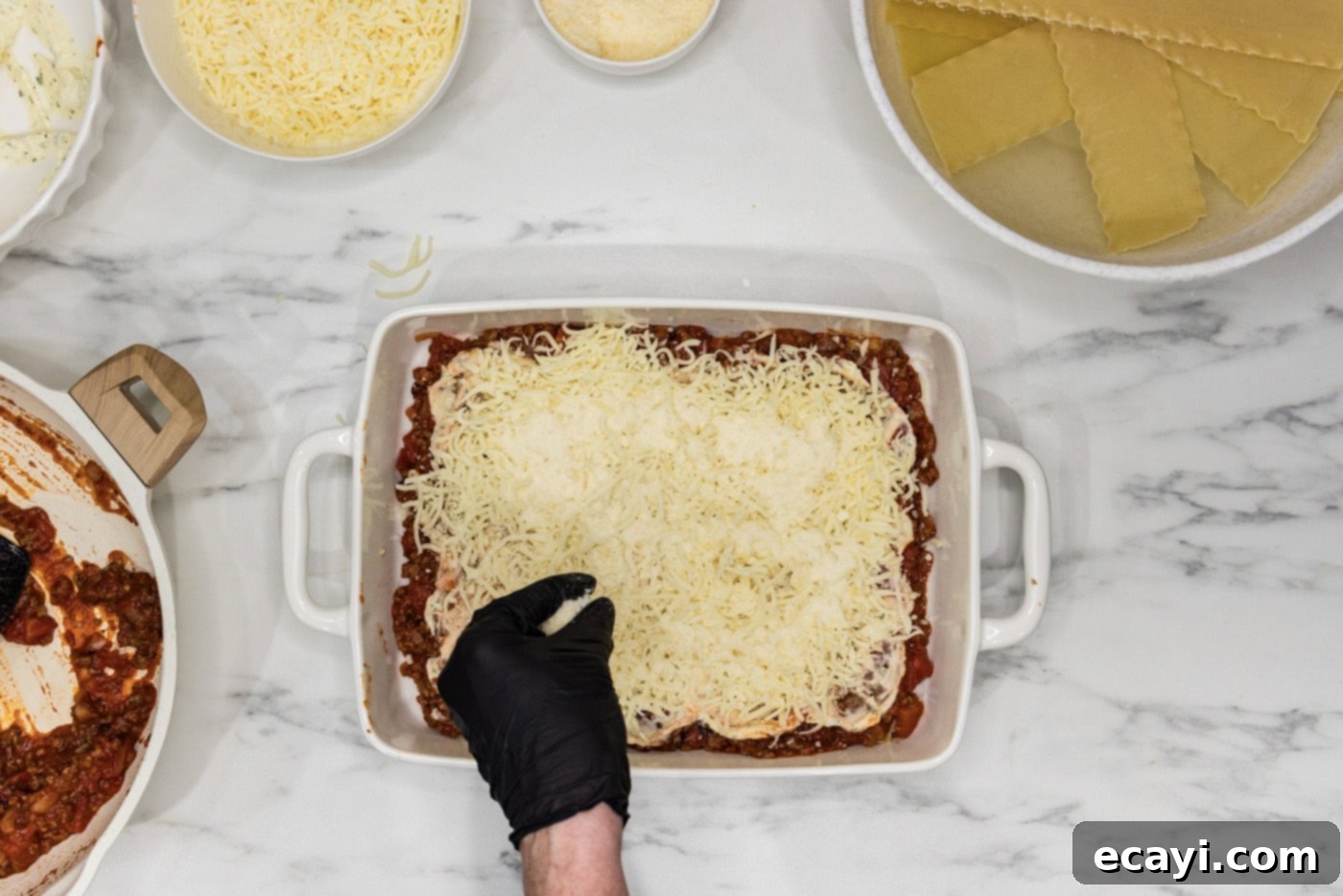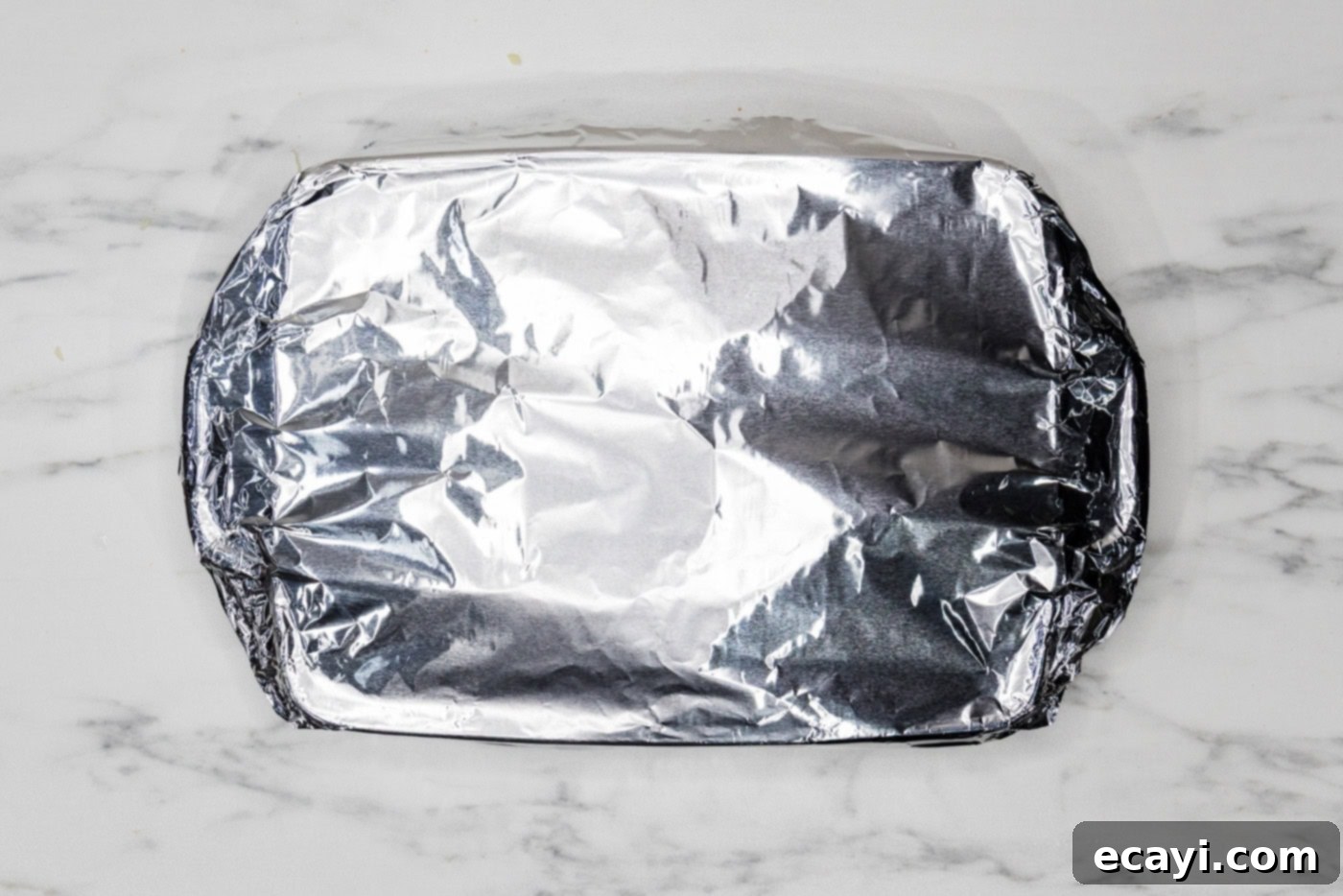The Ultimate Classic Italian Lasagna Recipe: A Timeless Family Favorite
There’s nothing quite like a homemade lasagna to bring warmth and comfort to the dinner table. This classic Italian Lasagna recipe is more than just a meal; it’s a culinary hug, a family tradition, and a dish that consistently delights everyone fortunate enough to taste it. Featuring layers of rich, savory meat sauce, creamy ricotta cheese, gooey mozzarella, and sharp Parmesan, this traditional casserole is a symphony of flavors and textures, promising a truly authentic Italian experience.
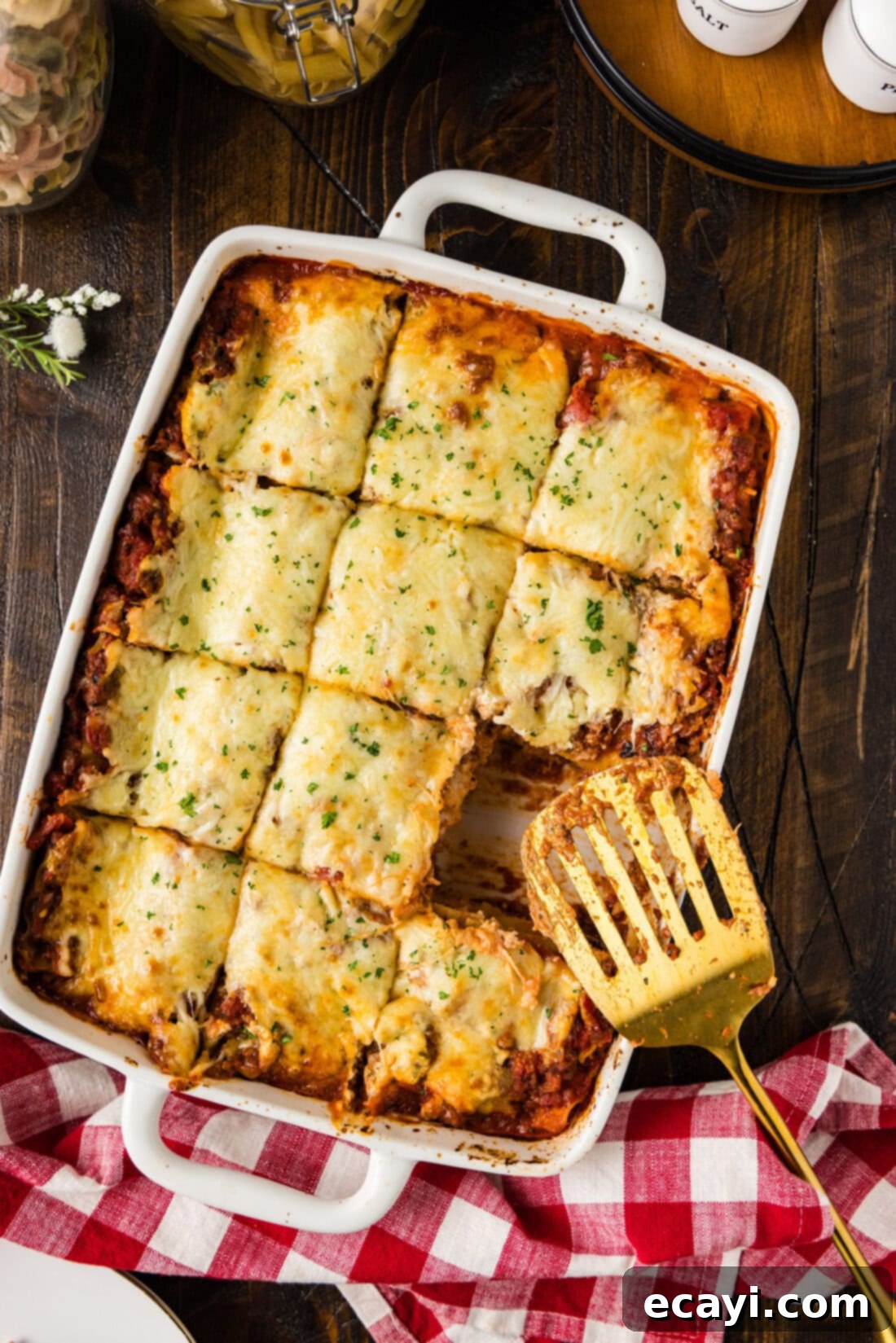
Why This Lasagna Recipe Is Simply the Best
The story behind this particular Italian lasagna recipe is one of serendipity and enduring love for good food. While I’d love to claim full credit for its creation, this recipe’s origins trace back many years to the instructions found on the back of a Creamette lasagna noodle box. It was a revelation! The flavors were so perfectly balanced, and the process so straightforward, that it instantly became our go-to. For years, every time I made lasagna, I simply consulted the box, often discarding the old one before getting a new one.
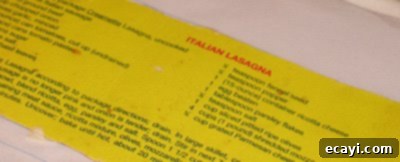
Then came the fateful day: a trip to the grocery store revealed only “Vegetable Lasagna” recipes on the back of every Creamette box. A true panic set in! After searching frantically and finding no trace of the beloved “Italian Lasagna with Meat” version, I was incredibly relieved to find an old box still tucked away in my pantry. I carefully cut out the cherished recipe and taped it to a piece of paper, ensuring its legacy would continue. While vegetarian lasagna certainly has its place, my heart belongs to a robust meat sauce, and this recipe delivers every time. I’ve been making it consistently since 2008, and it remains the undisputed champion in our home. This recipe simply works because it’s time-tested, fool-proof, and packed with incredible flavor, making it a reliable crowd-pleaser for any occasion.
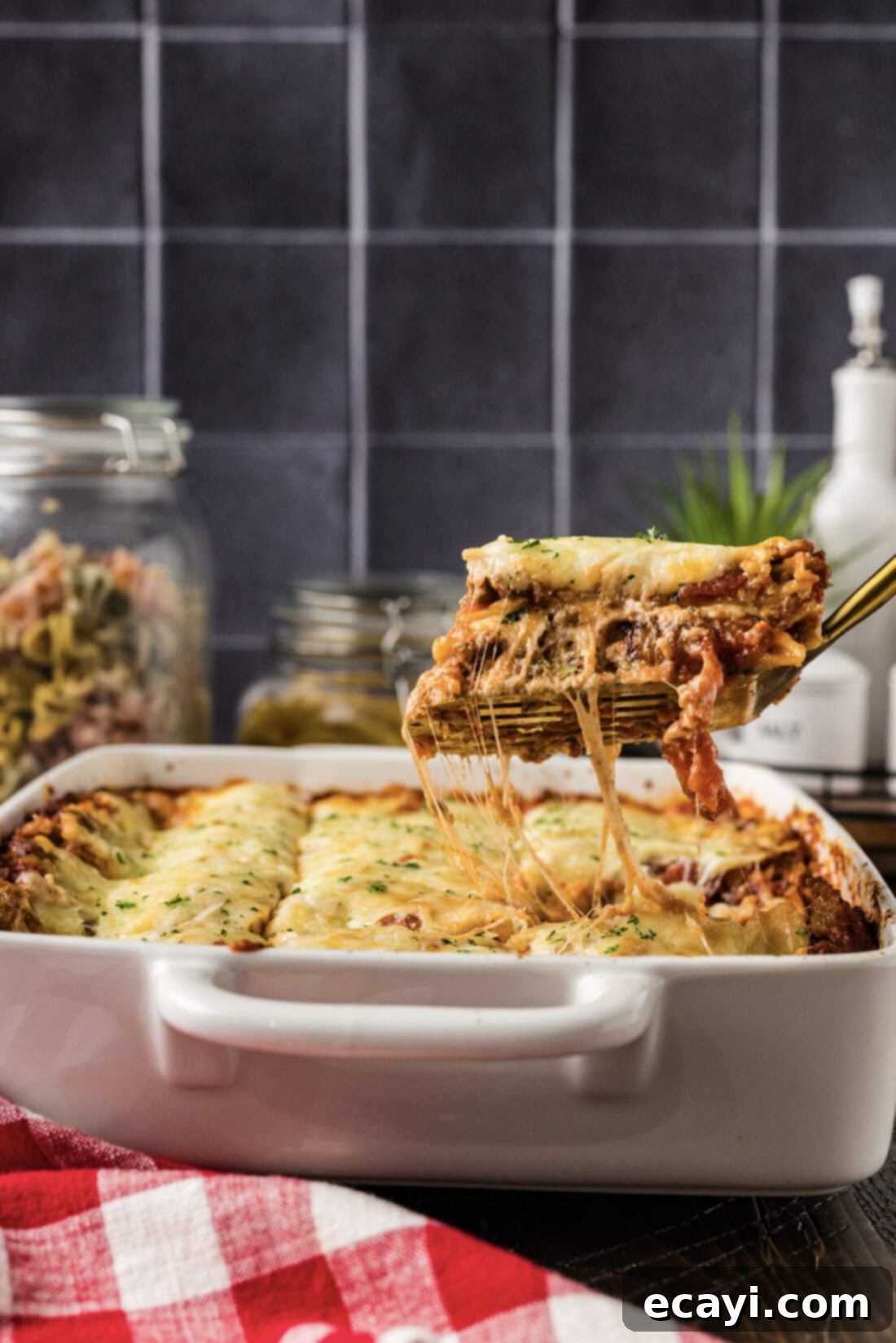
Essential Ingredients for Your Perfect Italian Lasagna
Crafting the perfect Italian lasagna begins with selecting high-quality ingredients. Each component plays a crucial role in building the incredible depth of flavor and texture that makes this dish so irresistible. Below, you’ll find a comprehensive list of what you need. For precise measurements and step-by-step instructions, please refer to the printable recipe card at the very end of this post.
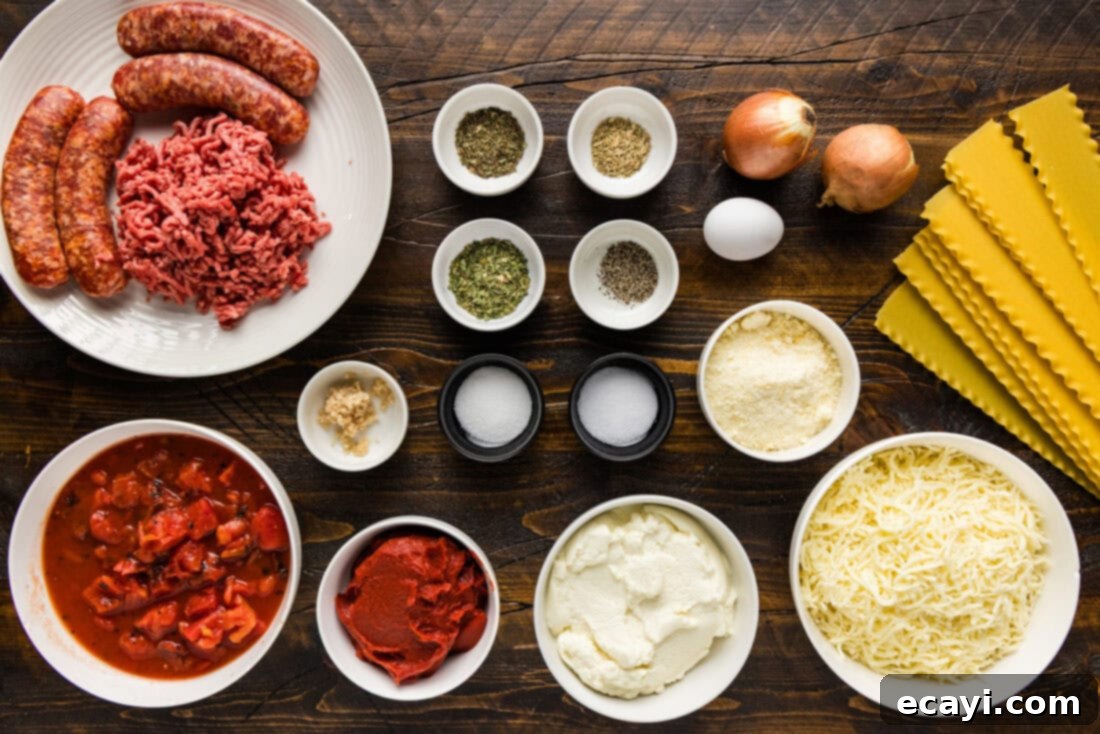
Ingredient Spotlight: Tips & Smart Substitutions
Understanding each ingredient and knowing when and how to make substitutions can elevate your lasagna experience. Here’s a closer look at the key components of this classic recipe:
NOODLES – The choice of lasagna noodle can significantly impact your cooking process and the final texture of your dish. If you’re using traditional, regular lasagna noodles, you’ll generally need about half a box (approximately 12 noodles) for a 13×9 baking dish. These are typically long and narrow, designed to fit the full length of the pan. For oven-ready or no-boil lasagna noodles, you will likely use an entire box, as these tend to be shorter and wider. I often layer them differently to ensure full coverage. My preferred method, regardless of noodle type, is to soak them in hot tap water for about ten minutes before assembly. This simple trick softens them, making them more pliable and easier to handle, and ensures they cook perfectly within the casserole without becoming brittle or dry. Watch the video above to see how I layer with oven-ready noodles. You essentially need about 12 noodles for a standard lasagna. A regular box usually contains around 24 noodles, while a no-boil box typically has 12-14.
TOMATOES – A 28-ounce can of diced tomatoes forms the backbone of our rich meat sauce. While any good quality diced tomatoes will work, I highly recommend using fire-roasted diced tomatoes. Their smoky, intensified flavor adds an incredible depth that truly makes the sauce sing. Ensure you don’t drain them; the liquid is essential for the sauce’s consistency.
MEAT – What truly sets this lasagna apart is the dynamic duo of ground Italian sausage and ground beef. The Italian sausage brings a burst of seasoned flavor, while the ground beef provides a hearty, classic base. This combination creates a meat sauce that is rich, complex, and incredibly satisfying. If Italian sausage isn’t to your taste, you can certainly use all ground beef, but I encourage you to try the blend for an unparalleled flavor profile. Ensure you thoroughly cook and drain any excess fat from the meat mixture before combining it with the tomato ingredients.
CHEESES – The cheese blend is paramount to a great lasagna. We use three stars: creamy ricotta, melty mozzarella, and sharp Parmesan. For the ricotta, full-fat is recommended for the creamiest texture. Ensure it’s blended with an egg, parsley, and salt for a well-seasoned, cohesive layer. For mozzarella, low-moisture, part-skim mozzarella is ideal for its excellent melting properties and less water content, preventing a watery lasagna. Freshly shredded mozzarella often melts better than pre-shredded. Lastly, grated Parmesan cheese adds a salty, nutty, and sharp finish that ties all the flavors together.
HERBS & SPICES – Dried basil, fennel seed, salt, and pepper are the aromatic foundation of the meat sauce. Basil provides a sweet, peppery, and slightly minty note characteristic of Italian cuisine. Fennel seed is crucial for the authentic Italian sausage flavor, even if you’re using plain ground beef, it will impart that classic taste. Don’t underestimate the importance of proper seasoning with salt and pepper to enhance all the other flavors.
Step-by-Step Guide: Crafting Your Delicious Italian Lasagna
These step-by-step photos and detailed instructions are provided to help you visualize each stage of making this incredible recipe. For a convenient printable version, complete with precise measurements and instructions, you can Jump to Recipe at the bottom of this post.
- Prepare Your Oven: Begin by preheating your oven to 375°F (190°C). This ensures your lasagna starts baking immediately at the correct temperature for even cooking.
- Cook the Meat Sauce: In a large skillet, combine the ground Italian sausage, ground beef, chopped onion, and minced garlic. Cook this mixture over medium heat, breaking up the meat with a spoon, until the sausage is no longer pink and the onion has become tender and translucent. Once cooked, carefully drain any excess grease from the skillet to prevent a greasy lasagna. Stir in the remaining sauce ingredients: diced canned tomatoes (undrained), tomato paste, granulated sugar, salt, dried basil leaves, fennel seed, and pepper. Bring the mixture to a boil, then reduce the heat to a gentle simmer and let it cook for 20 minutes. This simmering time allows the flavors to meld beautifully, creating a rich and aromatic sauce.

- Soak the Noodles: While your meat sauce simmers, prepare your lasagna noodles. Fill a large baking pan (or a shallow dish) with hot tap water. Carefully place the uncooked lasagna noodles into the water, ensuring they are fully submerged. Set them aside to soak for about 10 minutes. This step softens the noodles, making them flexible and preventing them from breaking during assembly, and helps them cook perfectly in the oven without boiling.

- Prepare the Ricotta Mixture: In a medium-sized bowl, combine the ricotta cheese, large beaten egg, parsley flakes (or fresh minced parsley), and salt. Mix thoroughly until all ingredients are well blended and the mixture is smooth. This creamy mixture will form a delicious, distinct layer in your lasagna.

- Assemble the Lasagna Layers: Begin by spooning about 1½ cups of the prepared meat sauce into the bottom of a 13×9 inch baking dish, spreading it evenly. This layer prevents the noodles from sticking and ensures the bottom layer is moist. Carefully lay one-third of your soaked lasagna noodles over the meat sauce, overlapping slightly if necessary.


Next, spread one-third of the ricotta cheese mixture evenly over the noodles.

Sprinkle one-third of the shredded mozzarella cheese and one-third of the grated Parmesan cheese over the ricotta.

Repeat these layers two more times, ensuring you finish with a generous top layer of meat sauce and cheeses. - First Bake (Covered): Cover the baking dish tightly with aluminum foil. This helps to steam the noodles and cook the lasagna evenly without drying out the top. Bake in your preheated oven for 25 minutes.

- Second Bake (Uncovered): After 25 minutes, remove the foil. Return the lasagna to the oven and continue baking uncovered for approximately 20 minutes longer, or until the lasagna is hot, bubbly, and the cheese on top is beautifully melted and lightly golden brown.
- Achieve Golden Perfection (Optional): If you find the top of your lasagna isn’t browned enough to your liking, you can briefly increase the oven temperature to 500°F (260°C) for a few extra minutes. Be sure to keep a close eye on it, checking every couple of minutes, as it will brown very quickly at this higher temperature.
- Rest Before Serving: Once baked to perfection, remove the lasagna from the oven. It’s crucial to let it stand for at least 10-15 minutes before attempting to cut and serve. This resting period allows the layers to set, preventing a messy, falling-apart presentation and ensuring each slice holds its shape beautifully.
Frequently Asked Questions & Expert Tips for Perfect Lasagna
Over the years, I’ve experimented with various types of lasagna noodles, including traditional regular noodles and the more convenient oven-ready (also known as no-boil) varieties from brands like Creamette. The great news is: there’s no need to pre-boil oven-ready noodles, as their name suggests! You can layer them directly into the casserole. However, my expert tip, which works beautifully for *both* regular and oven-ready noodles, is to soak them in hot tap water for about ten minutes before assembling your lasagna. This step softens them, making them incredibly pliable and much easier to handle without breaking. It also ensures they absorb moisture and cook perfectly in the oven, preventing any dry or crunchy spots in your finished dish. Just be mindful not to soak them for too long, especially if you have many noodles in one pan, as they can become overly soft and stick together, making separation difficult. Aim for flexible, not mushy, noodles.
Absolutely! Lasagna is incredibly versatile and can be adapted for different cooking methods. If you prefer the convenience of a slow cooker, you can find a dedicated Crockpot lasagna recipe here. For a faster preparation method, our Instant Pot Lasagna recipe offers a fantastic alternative for using a pressure cooker.
Storing leftovers properly ensures you can enjoy this delicious lasagna for days. Once the lasagna has cooled completely, transfer any leftovers to an airtight container and store it in the refrigerator for up to 4 days. To reheat, simply place a slice in the microwave and heat until warmed through, usually 1-2 minutes per slice, depending on your microwave’s power. Alternatively, you can reheat larger portions covered in the oven at 300-325°F (150-160°C) until hot and bubbly, which helps prevent it from drying out.
Yes, lasagna freezes beautifully, making it an excellent meal prep option! To freeze, first allow the cooked lasagna to come to room temperature. For convenience, cut it into individual servings. Line a baking sheet with parchment paper and arrange the single-serving pieces on it, ensuring they don’t touch. Freeze for 3-4 hours, or until they are fairly solid. Once frozen, wrap each piece tightly in plastic wrap, then place them into a gallon freezer bag, or use a vacuum sealer for best results. This method prevents freezer burn and makes it easy to grab a single portion when needed. Lasagna can be frozen for up to 3 months.
To reheat frozen lasagna, remove it from the freezer and immediately unwrap it from the plastic wrap. This is a crucial step as the plastic can stick to the lasagna if it thaws first. Place the frozen slice on a plate and allow it to thaw completely at room temperature, covered with a paper towel, for a few hours. Once thawed, reheat it in the microwave for 1-2 minutes, or until heated through. For a crispier crust, you can also reheat thawed slices in a preheated oven (around 350°F or 175°C) for 15-20 minutes, or until warmed through and the cheese is re-melted and bubbly. Serve with your favorite side, like garlic bread or a fresh salad.
Absolutely! Lasagna is a fantastic make-ahead dish. You can prepare the meat sauce a day or two in advance and store it in an airtight container in the refrigerator. The ricotta cheese mixture can also be prepared ahead of time and kept refrigerated. Assembling the entire lasagna a day before baking is also an option. Cover the assembled, unbaked lasagna tightly with plastic wrap and refrigerate. On baking day, let it sit at room temperature for about 30 minutes before baking, and you might need to add an extra 10-15 minutes to the covered baking time.
A Slight Variation from the Original Box Recipe
While this recipe faithfully recreates the beloved Creamette box version, my family has a personal preference that I’ve incorporated over the years: we omit the olives. The original recipe from the back of the box typically calls for 1 cup of sliced, pitted ripe black olives. If you enjoy them, feel free to include them! Simply layer them in with all the other lasagna ingredients during assembly for an extra burst of briny flavor. It’s a simple customization that shows how adaptable this classic dish truly is.
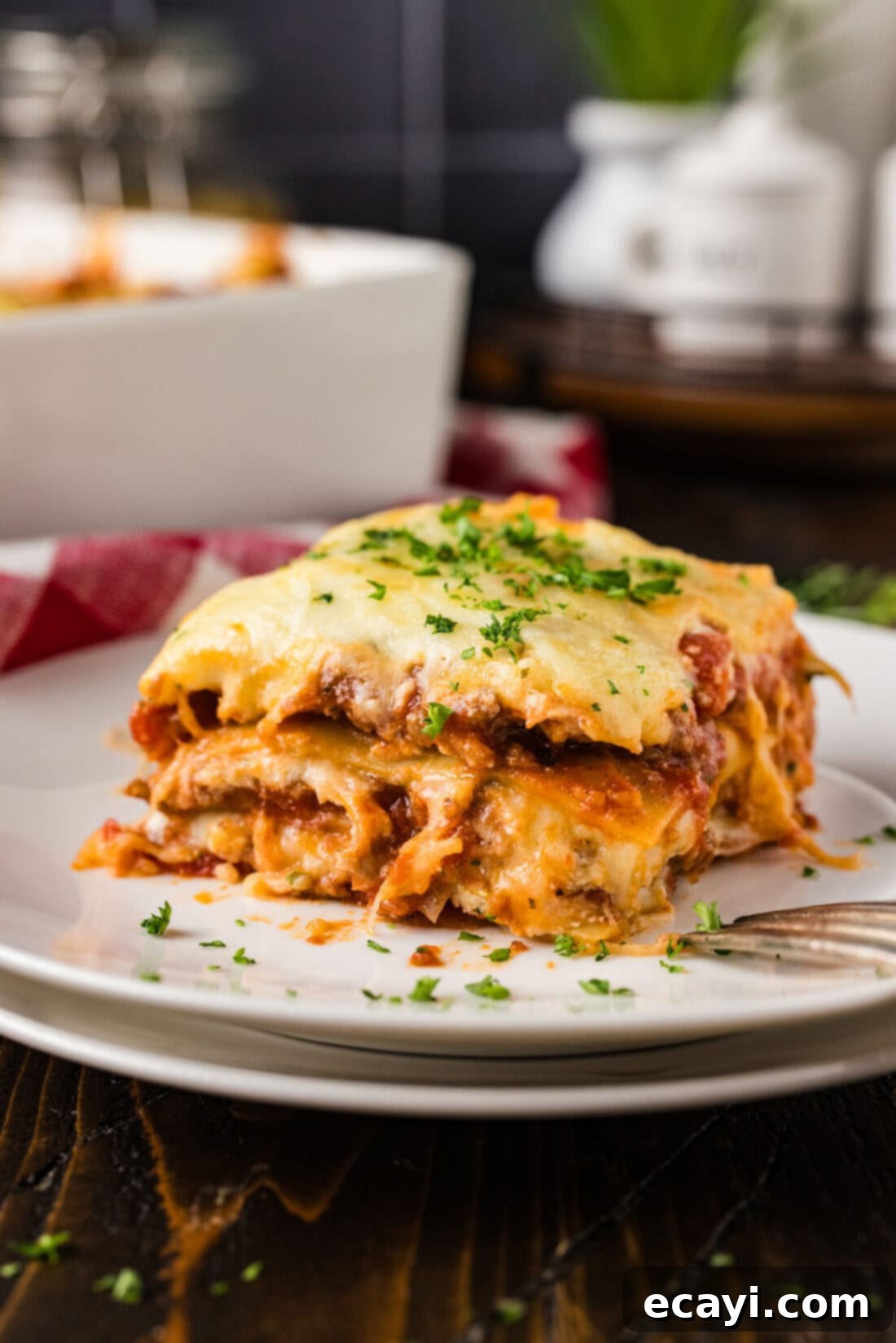
Serving Suggestions for Your Italian Lasagna Feast
It brings me immense joy to share this time-honored Creamette lasagna recipe, especially knowing how many others have searched for it over the years! We’ve cherished this recipe for two decades, and I truly hope it becomes a beloved staple in your home too. A magnificent lasagna like this deserves equally delicious accompaniments to complete the meal. Serve your warm Italian lasagna with:
- Homemade Italian Bread or Garlic Bread: Perfect for soaking up any extra sauce.
- Crusty Breadsticks: A classic pairing that adds another delightful texture.
- A Fresh, Leafy Green Salad: A simple mixed green salad with a light vinaigrette provides a refreshing contrast to the richness of the lasagna.
- Roasted Vegetables: Asparagus, broccoli, or zucchini roasted with garlic and olive oil make excellent, healthy side dishes.
- Red Wine: A medium-bodied Chianti or Montepulciano d’Abruzzo would pair beautifully with the robust flavors of the meat sauce.
Enjoy this comforting dish straight from the oven, savoring each delightful layer!
Discover More Delicious Lasagna Creations
If you’ve fallen in love with this classic Italian Lasagna, you’ll be thrilled to explore other exciting variations and related recipes from my kitchen. Each offers a unique twist on the comforting layered dish, or transforms its beloved flavors into new forms:
- Lasagna Soup: All the flavors of lasagna in a warm, hearty soup.
- Seafood Lasagna: A luxurious version featuring delicate seafood.
- Mexican Lasagna: A vibrant, spiced take on the classic.
- Crockpot Lasagna: For effortless slow-cooked perfection.
- Lasagna Roll Ups: Individual portions, easy to serve and just as delicious.
I love to bake and cook and share my kitchen experience with all of you! Remembering to come back each day can be tough, that’s why I offer a convenient newsletter every time a new recipe posts. Simply subscribe and start receiving your free daily recipes!
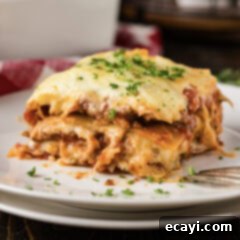
Italian Lasagna
IMPORTANT – There are often Frequently Asked Questions within the blog post that you may find helpful. Simply scroll back up to read them!
Print It
Pin It
Rate It
Save ItSaved!
Ingredients
- ½ pound lasagna noodles OR 1 whole box Oven-Ready
- 1 pound Italian sausage
- ½ pound ground beef
- 1 cup onion chopped
- 2 cloves garlic minced
- 28 ounces canned tomatoes cut up (undrained). I use diced fire roasted
- 12 ounces tomato paste
- 2 teaspoons granulated sugar
- 2 teaspoons salt
- 1 ½ teaspoons dried basil leaves
- ½ teaspoons fennel seed
- ¼ teaspoons pepper
- 15 ounces ricotta cheese
- 1 large egg beaten
- 1 Tablespoon parsley flakes or 2 teaspoons fresh minced parsley
- ½ teaspoon salt
- 4 cups shredded mozzarella cheese
- ¾ cup Parmesan cheese grated
Things You’ll Need
-
13×9 baking dish
-
Whisk
-
3.5 quart saute pan
-
Herb scissors
Before You Begin
- If you are using regular lasagna noodles, use half of a box (approx. 12 noodles). If you are using oven-ready noodles, use the whole box (approx. 12-14 noodles). This is based on using Creamette noodles. Oven-ready noodles are typically shorter and wider, which may require a slightly different layering pattern than regular, longer, and narrower noodles. For best results, watch the accompanying video to see how I layer this recipe with oven-ready noodles, and always soak your noodles in hot tap water for 10 minutes prior to assembly, regardless of type.
Instructions
-
Preheat oven to 375 F (190 C).
-
In a large skillet, combine Italian sausage, ground beef, chopped onion, and minced garlic. Cook until sausage is no longer pink and onion is tender; drain excess fat. Stir in diced canned tomatoes (undrained), tomato paste, granulated sugar, salt, dried basil leaves, fennel seed, and pepper. Bring to a boil, then reduce heat and simmer for 20 minutes to allow flavors to meld.1 pound Italian sausage, 1/2 pound ground beef, 1 cup onion, 2 cloves garlic, 28 ounces canned tomatoes, 12 ounces tomato paste, 2 teaspoons granulated sugar, 2 teaspoons salt, 1 1/2 teaspoons dried basil leaves, 1/2 teaspoons fennel seed, 1/4 teaspoons pepper
-
Fill a baking pan with hot tap water and place the uncooked noodles into the water to soak. Set aside.1/2 pound lasagna noodles
-
In a medium bowl, blend ricotta cheese, large beaten egg, parsley flakes (or fresh minced parsley), and salt until smooth. Spoon 1 1/2 cups of the meat sauce into a 13×9 inch baking dish, spreading evenly. Layer one-third each of the soaked lasagna noodles, meat sauce, ricotta mixture, shredded mozzarella cheese, and grated Parmesan cheese. Repeat layers two more times until all ingredients are used, finishing with a cheese layer on top.15 ounces ricotta cheese, 1 large egg, 1 Tablespoon parsley flakes, 1/2 teaspoon salt, 4 cups shredded mozzarella cheese, 3/4 cup Parmesan cheese
-
Cover the baking dish tightly with aluminum foil. Bake in the preheated oven for 25 minutes.
-
Uncover the lasagna and continue to bake until hot and bubbly, and the cheese is melted and lightly golden, about 20 minutes longer.
-
For extra browning on top, you can briefly turn the oven temperature up to 500 F (260 C) and bake for a few more minutes. Be sure to WATCH carefully and check every couple of minutes as the cheese will brown very quickly at this temperature!
-
Let the lasagna stand for 10-15 minutes before cutting and serving. This allows the layers to set and prevents it from falling apart.
Expert Tips & FAQs
- Store any cooled leftover lasagna in an air-tight container kept in the refrigerator for up to 4 days.
- To freeze this lasagna: Allow the lasagna to cool completely to room temperature, then cut it into single servings. Line a baking sheet with parchment paper and place the single-serving pieces on the sheet, ensuring they aren’t touching. Freeze for 3-4 hours, or until fairly solid. Wrap each frozen piece tightly in plastic wrap and then place into a gallon freezer bag. Alternatively, you can use a vacuum sealer for best results. Lasagna can be frozen for up to 3 months.
- To reheat frozen lasagna: Remove from the freezer and IMMEDIATELY remove from plastic wrap to prevent sticking. Thaw completely at room temperature on a plate, covered with a paper towel. Reheat in the microwave for 1-2 minutes per slice, or until heated through. Alternatively, reheat thawed slices in a preheated oven (350°F / 175°C) for 15-20 minutes. Serve with garlic bread or breadsticks.
Nutrition
The recipes on this blog are tested with a conventional gas oven and gas stovetop. It’s important to note that some ovens, especially as they age, can cook and bake inconsistently. Using an inexpensive oven thermometer can assure you that your oven is truly heating to the proper temperature. If you use a toaster oven or countertop oven, please keep in mind that they may not distribute heat the same as a conventional full sized oven and you may need to adjust your cooking/baking times. In the case of recipes made with a pressure cooker, air fryer, slow cooker, or other appliance, a link to the appliances we use is listed within each respective recipe. For baking recipes where measurements are given by weight, please note that results may not be the same if cups are used instead, and we can’t guarantee success with that method.
This post originally appeared here on September 28, 2008 and has since been updated with new photos and tips.
